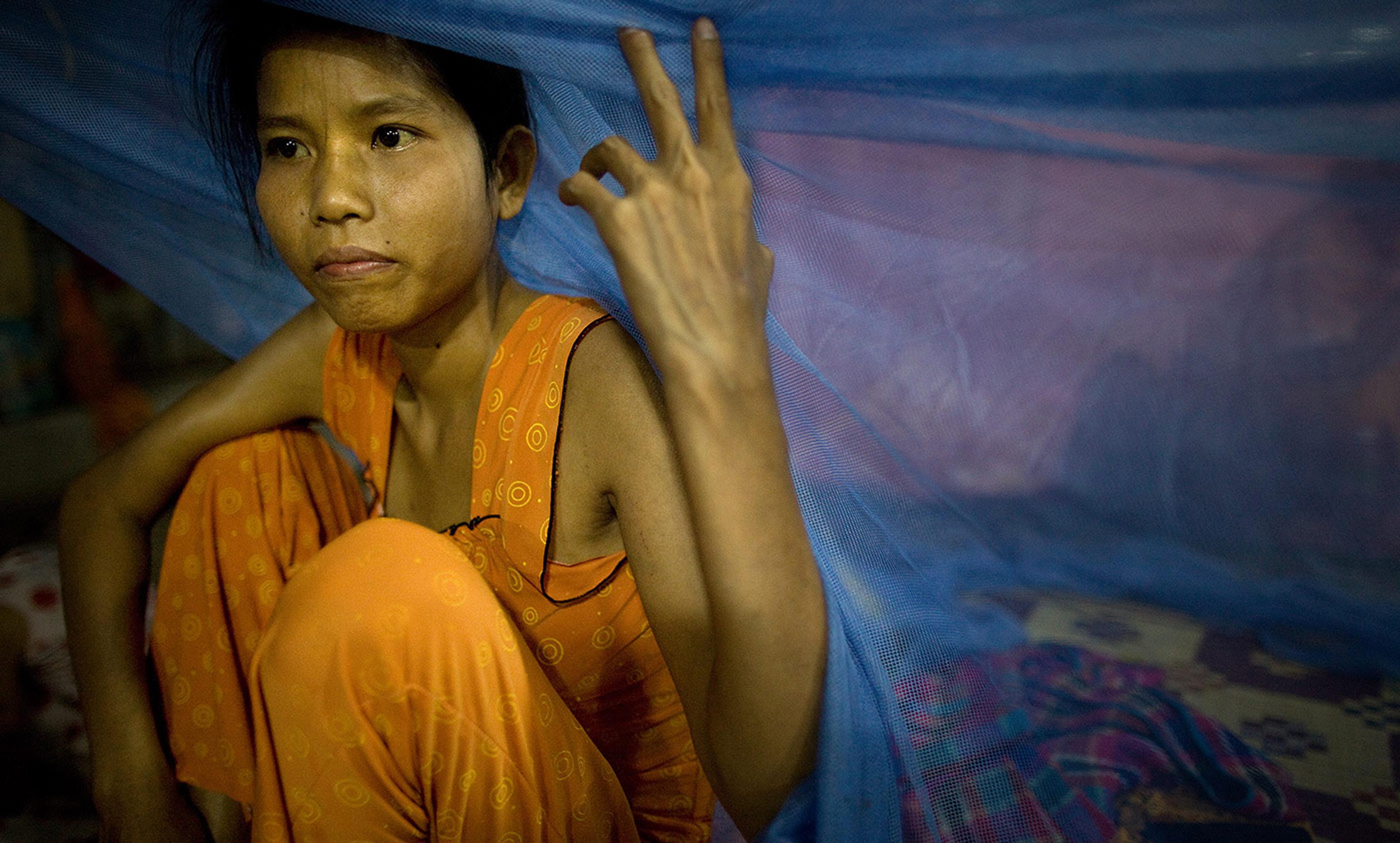Matt Mangum/Flickr
Amnesty International and The Economist are very different organisations, but they have reached similar conclusions on policies regarding sex markets. Last August, the International Council of Amnesty International decided to back the complete decriminalisation of prostitution. Decriminalising prostitution, they reasoned, would better protect the human rights of sex workers, and be better for the health and safety of all involved. The Amnesty’s International Council took care to declare opposition to criminalising sex work for both clients and for sex workers. Criminalisation both on the demand side (clients) and the supply side (sex workers) implies pushing this ‘market’ into the hidden economy, increasing the risks that sex workers face.
Perhaps less predictably, The Economist, in a report on paid sex in 2014, also argued for a complete liberalisation of the market and against criminalisation policies. Robert Skidelsky, a prominent Keynesian economist and member of the House of Lords, recently joined the cause. In the interest of protecting the health and safety of sex workers, he advocated against criminalisation and in favour of regulation of the market.
At the same time, a number of prominent actors and organisations continue to advocate the so-called ‘Swedish approach’. Since its adoption in Norway and Iceland, this is more accurately called the ‘Nordic approach’, and is enshrined in the Kvinnofrid (violence against women) act of 1999, which condemns the industry as a locus of female oppression, and aims to combat the oppression of sex workers by criminalising sex workers’ clients. The Swedish government has promoted the approach domestically and abroad, through public education and conferences, fact sheets and intense lobbying at the EU and the UN.
As economists, we believe that public policy ought to be based on relative welfare considerations. In other words, under which arrangements are the actors, and the public, better off? Throughout our research on the economics of sex work, we have asked ourselves a set of basic questions around the welfare of those involved. What do we know about the agents, the prostitutes, the pimps, the clients and others? What types of people are they in terms of their sociodemographic characteristics, behaviours and motivations? Surveys and studies provided the data. How do they compare with the population as a whole? Importantly, as economists, we were particularly interested in the various institutional arrangements – streets, brothels, parlours, apartments – in which different actors might act, and how these respond to different regulatory arrangements. Regulation, after all, is not one thing, but rather exists on a wide spectrum, with different modes and degrees of criminalisation, decriminalisation and legalisation.
We have spent 15 years researching these questions using data from US and UK clients and an international sample of sex workers from eastern European and former Soviet Union countries, as well as from Africa, Latin America, China and South East Asian countries. We have worked with many collaborators and subjected our work to extensive peer review and professional criticism in papers, conferences and books. Here’s what we can tell you.
Sex workers, or prostitutes, are not just women. They are also men and transgender people. They face risks to their health, risks of violent assault, and risk of fraud (not getting paid for their services). In every case, these risks are higher where prostitution is criminalised, partly because criminalisation makes collaboration with both medical personnel and law enforcement more difficult. Criminalisation of sex work also makes the detection of under-age or trafficked people more difficult.
Perhaps surprisingly, our research on sexually exploited trafficked women shows that women who work in the streets are in some ways better off than sex workers in parlours, clubs or hotels. Street workers enjoy more freedom of movement, suffer less physical and sexual abuse, and are more likely to have access to health services than women who work in parlours, clubs or hotels. These market dynamics of sex work apply to women trafficked into sex work, too. For both clients and for sex workers, demand-side and supply-side, criminalisation pushes the market into secluded and, for the workers, isolating places. Flats, clubs and massage parlours are more separate from the rest of society. The welfare of sexually trafficked women decreases in these dangerous environments.
Sex workers’ clients are mostly men, but not exclusively. They are, for the most part, average guys. When we matched client data in both the US and the UK with the rest of the male population, we found no difference between the two groups on most measures. Still, clients care about the effects of buying sex on their reputations, and they face more risk when prostitution is criminalised. But by and large, clients of sex workers tend to be risk-takers. There is a high correlation between paying for sex and engaging in other risky behaviours. To many men, criminalised prostitution is actually more attractive than decriminalised or legal sex work. So pushing prostitution into the shadows not only makes sex work more dangerous, it actually increases demand.






